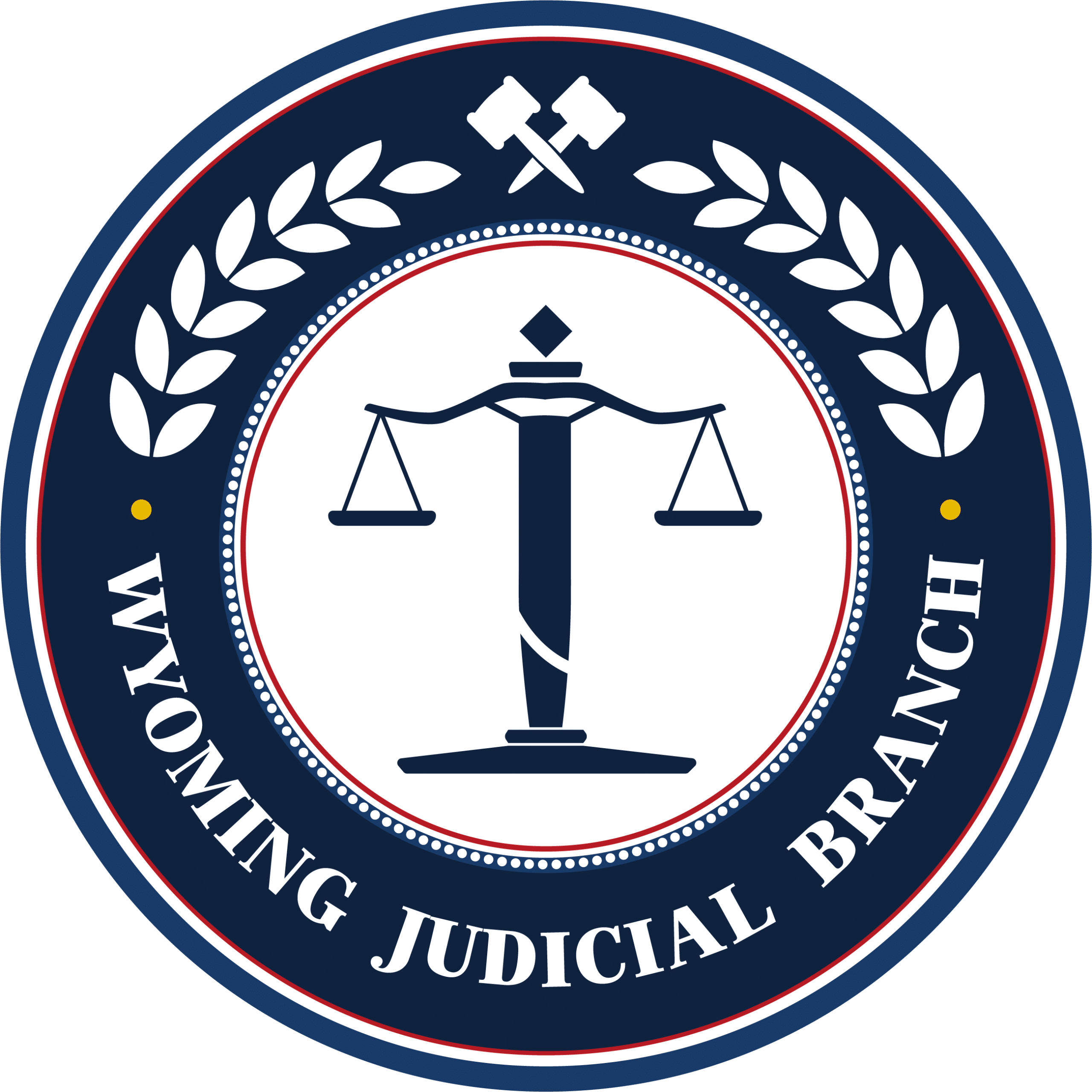Resources
Self-Help Forms
The Wyoming Judicial Branch provides these do-it-yourself forms to help individuals represent themselves in court.
Wyoming Divorce Overview
This handout provides an overview of Divorce procedures in Wyoming.
Divorce and Family Law Glossary
Definitions for legal terms frequently used in family law type cases. From FindLaw.com.
Find a Lawyer
Click the link above to learn more about finding a legal aid or private attorney.
Wyoming Statutes and Court Rules
Title 20 Domestic Relations
Wyoming Rules of Civil Procedure
Your local county library has print versions of Wyoming statutes and rules. The print set includes references to additional relevant Wyoming materials which you may find useful.
